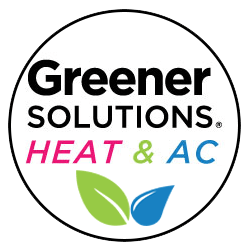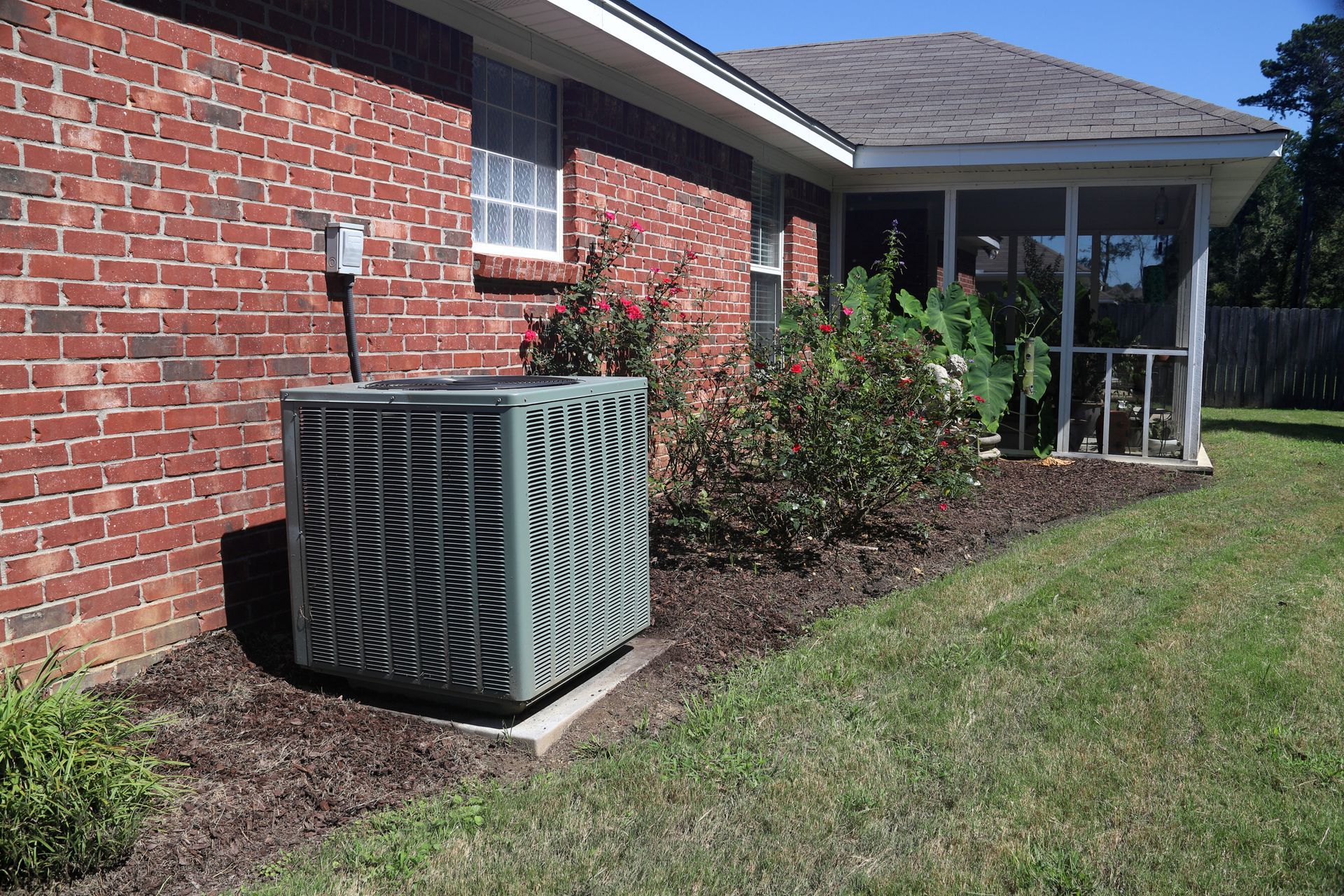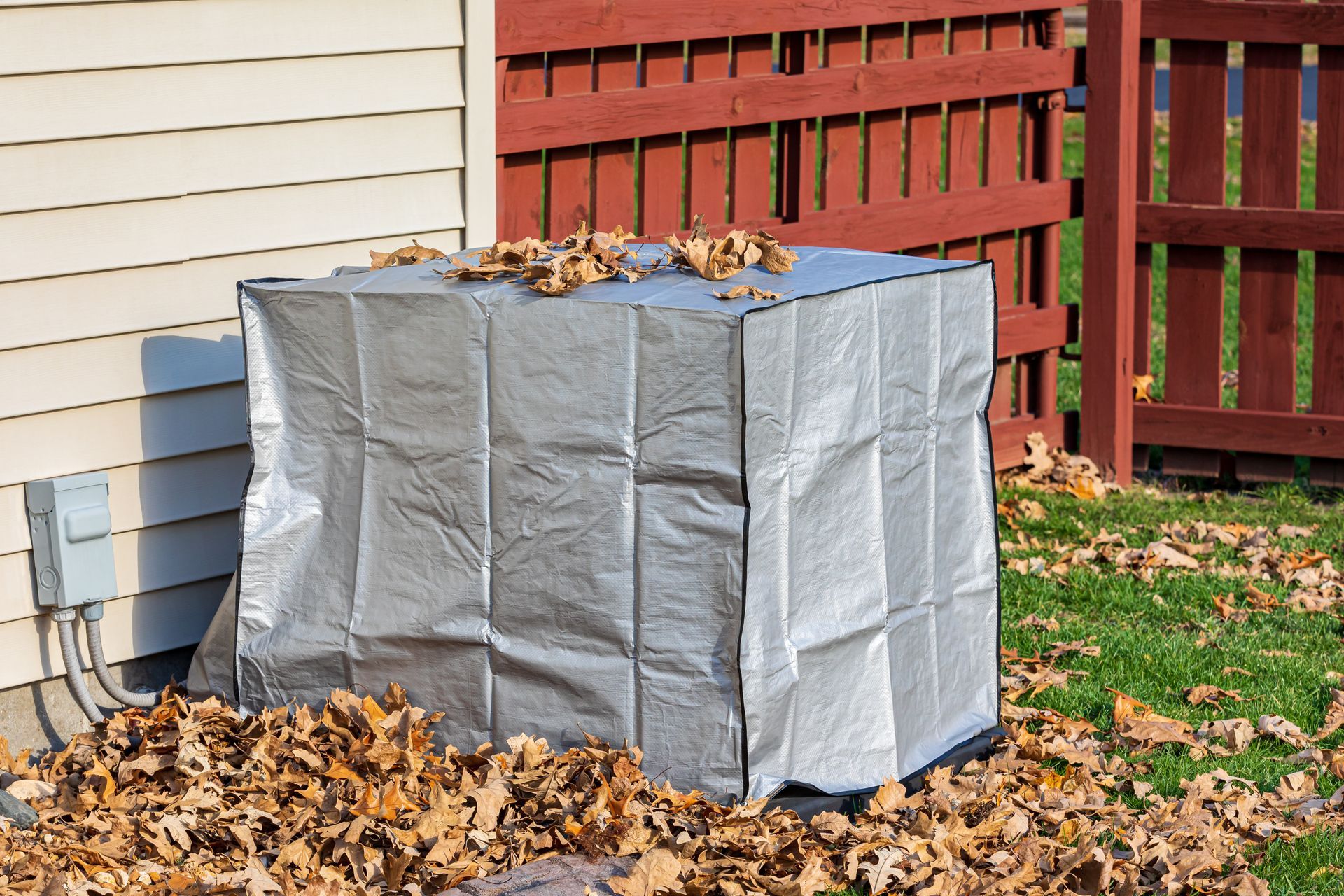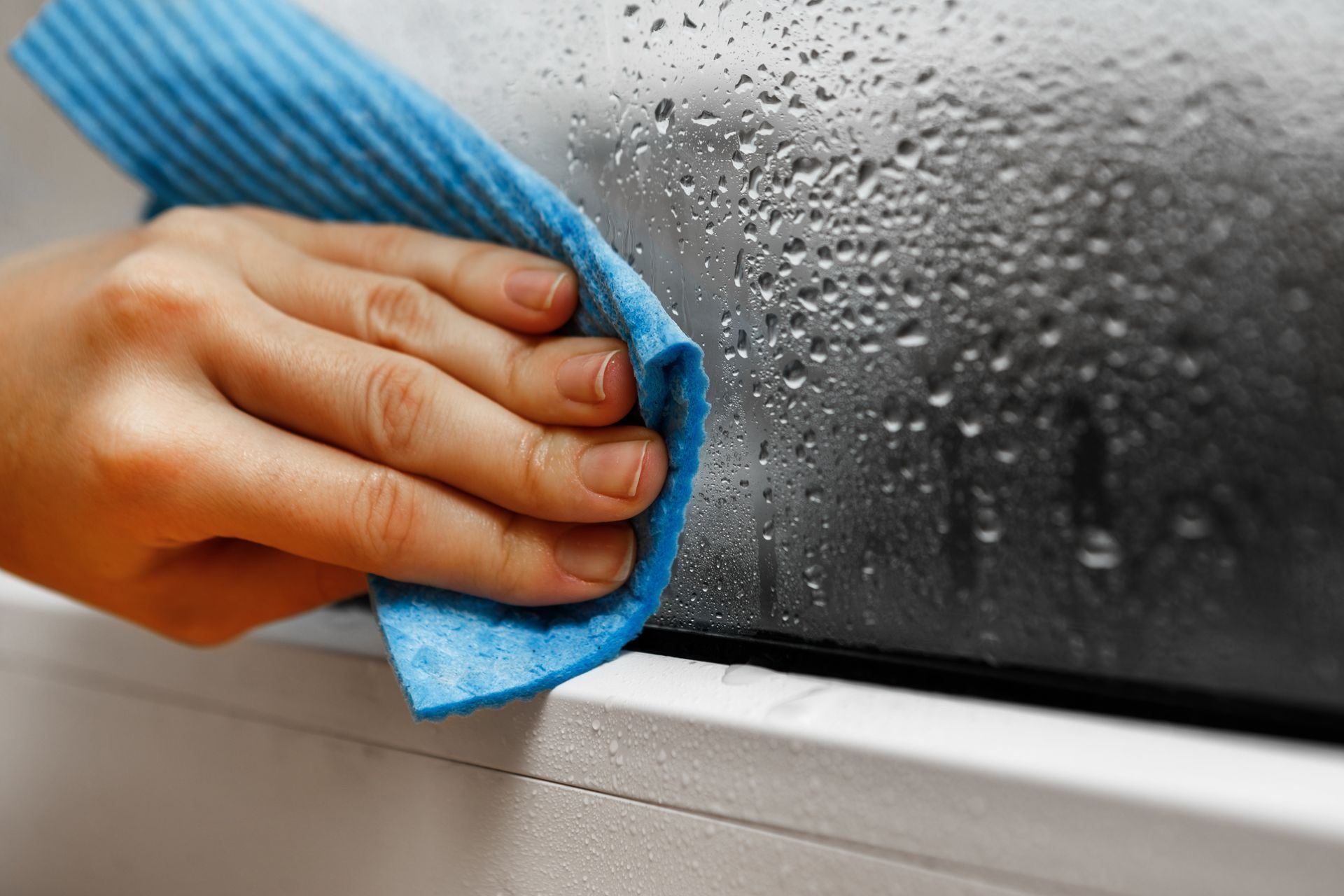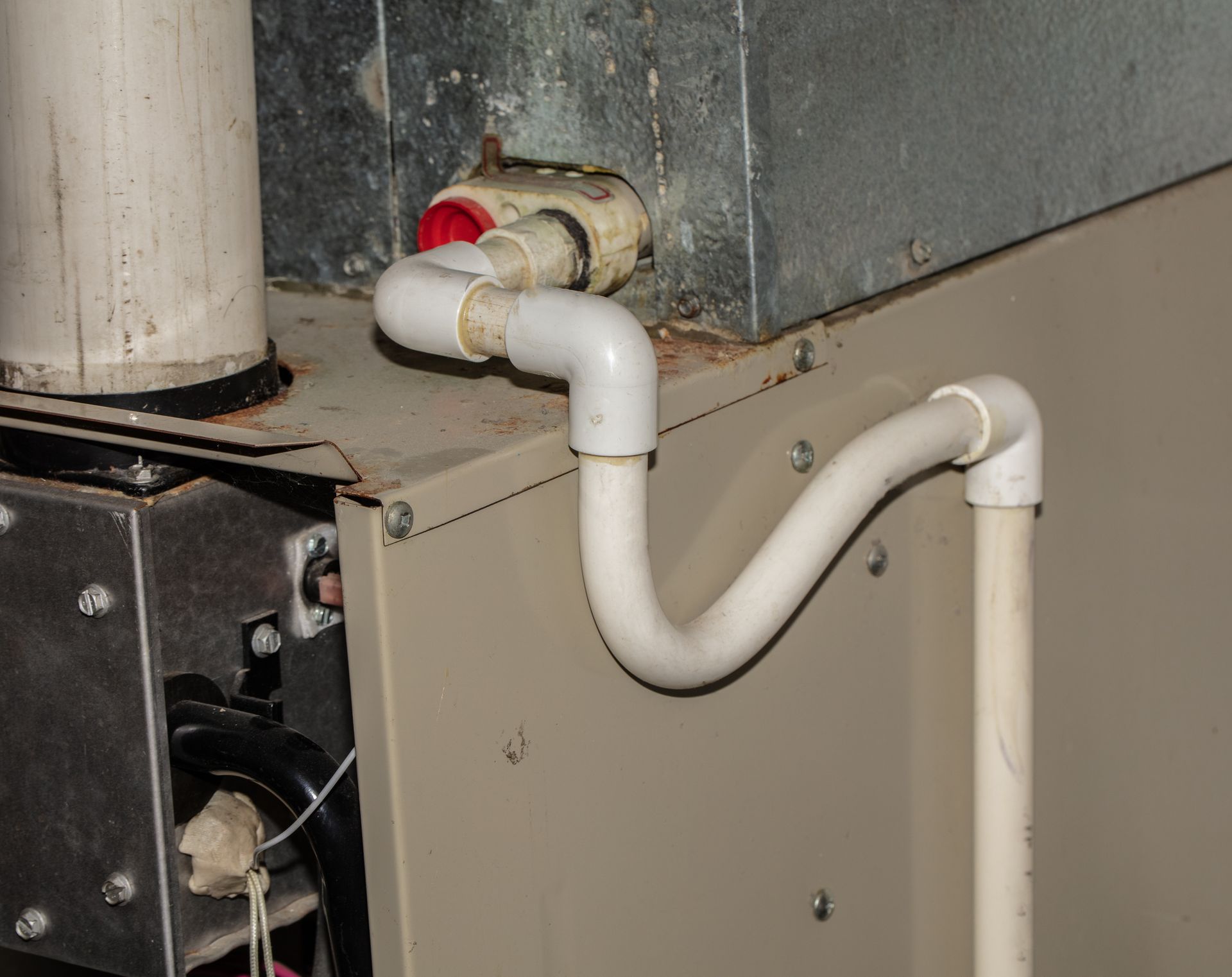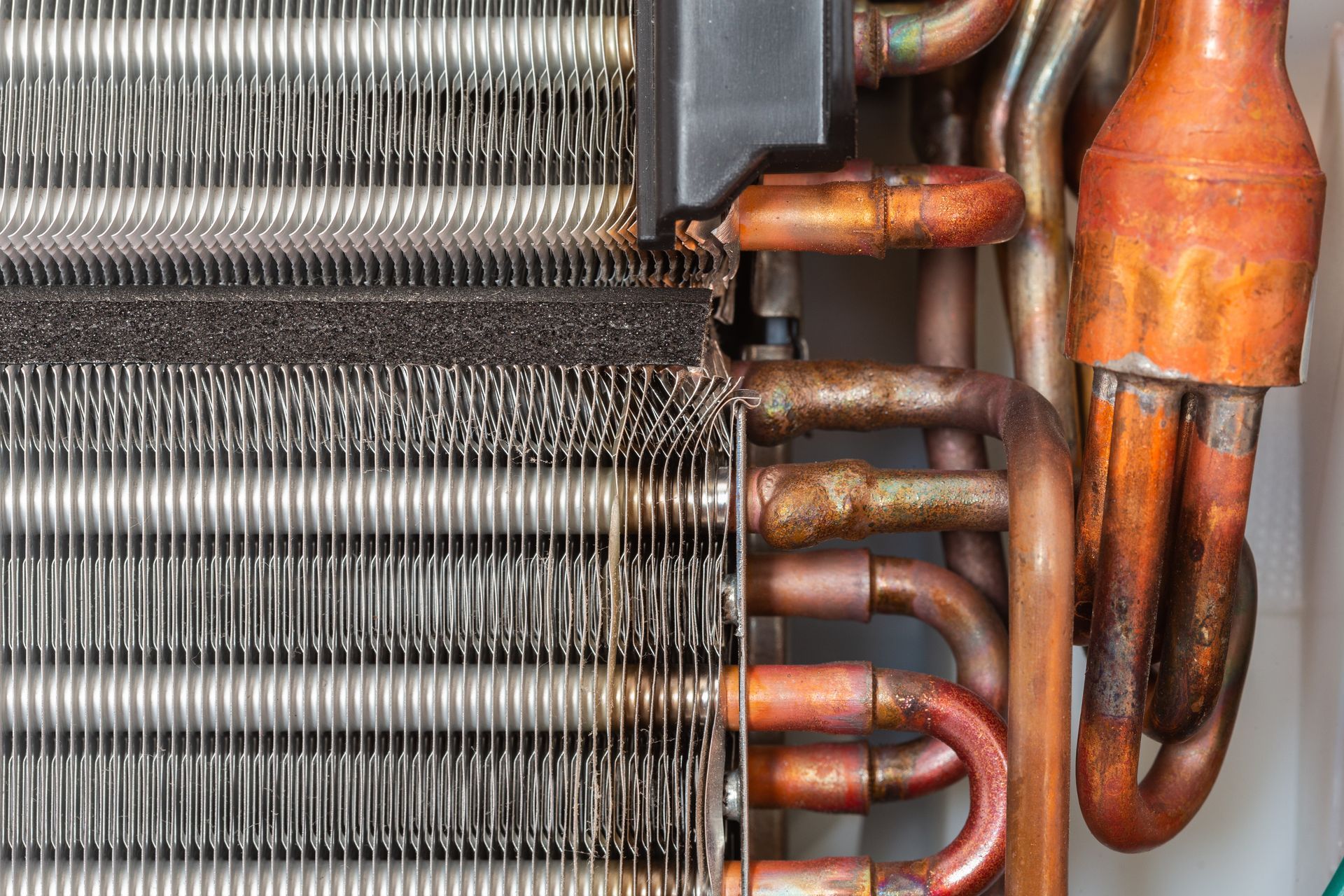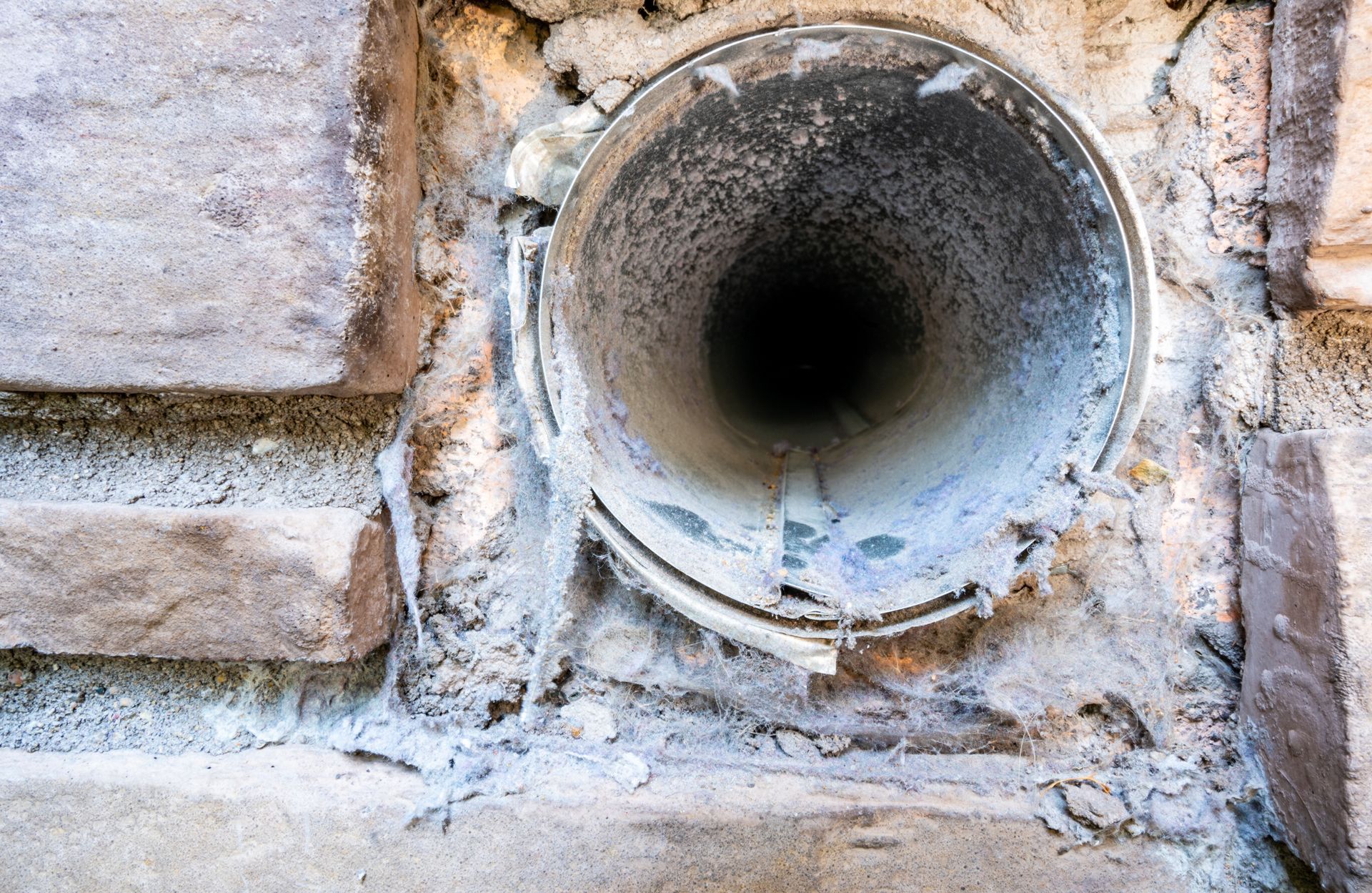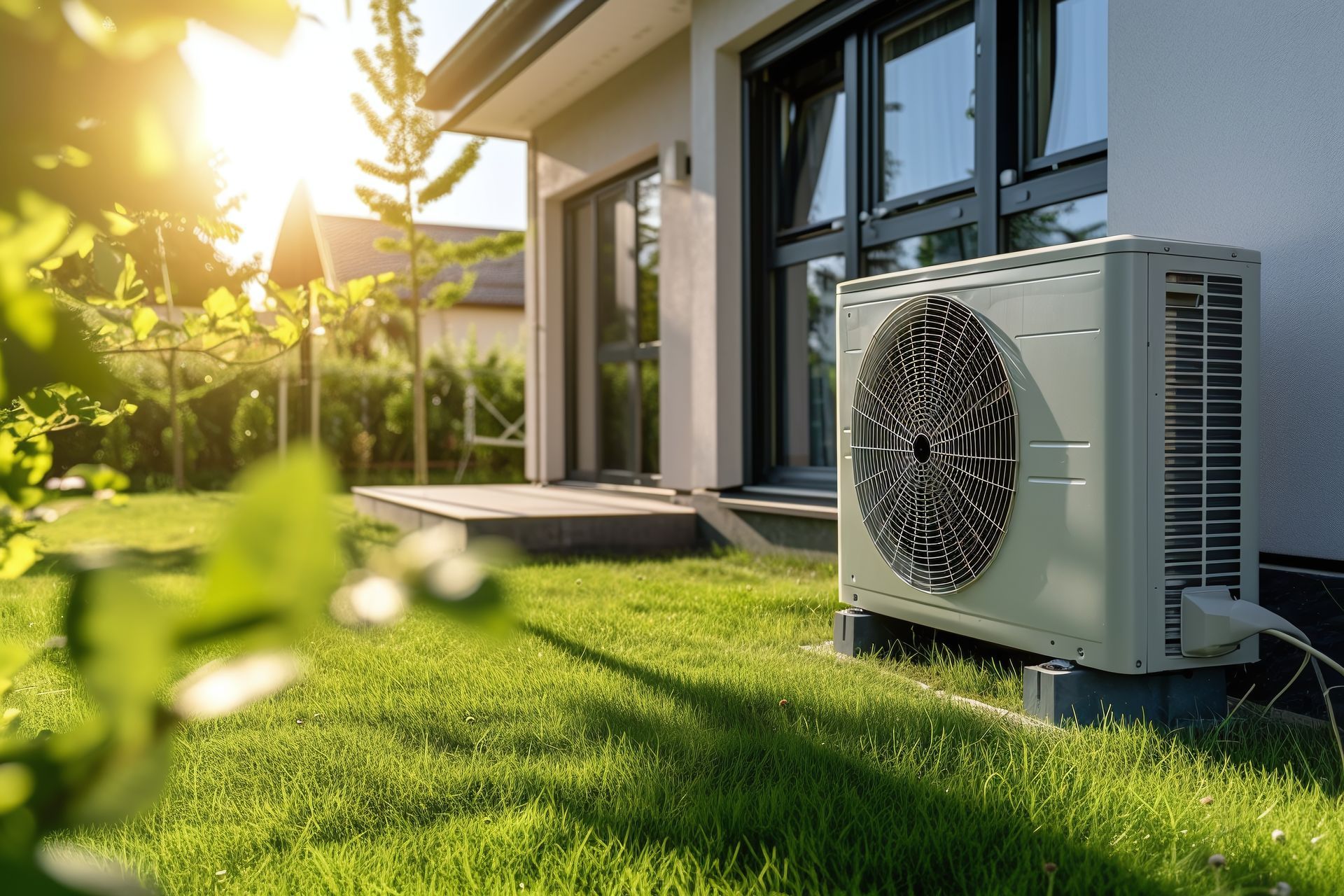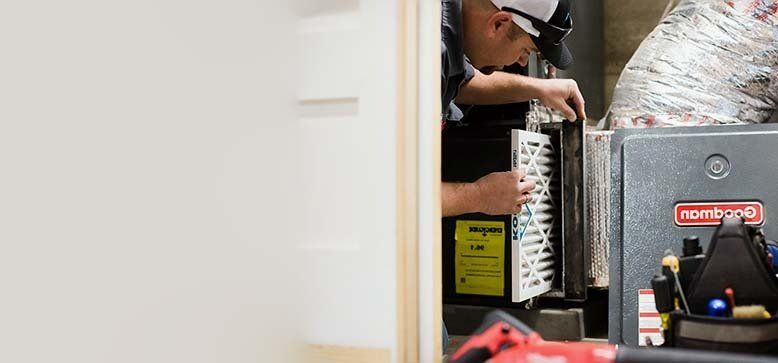What Does an Air Purifier Do?
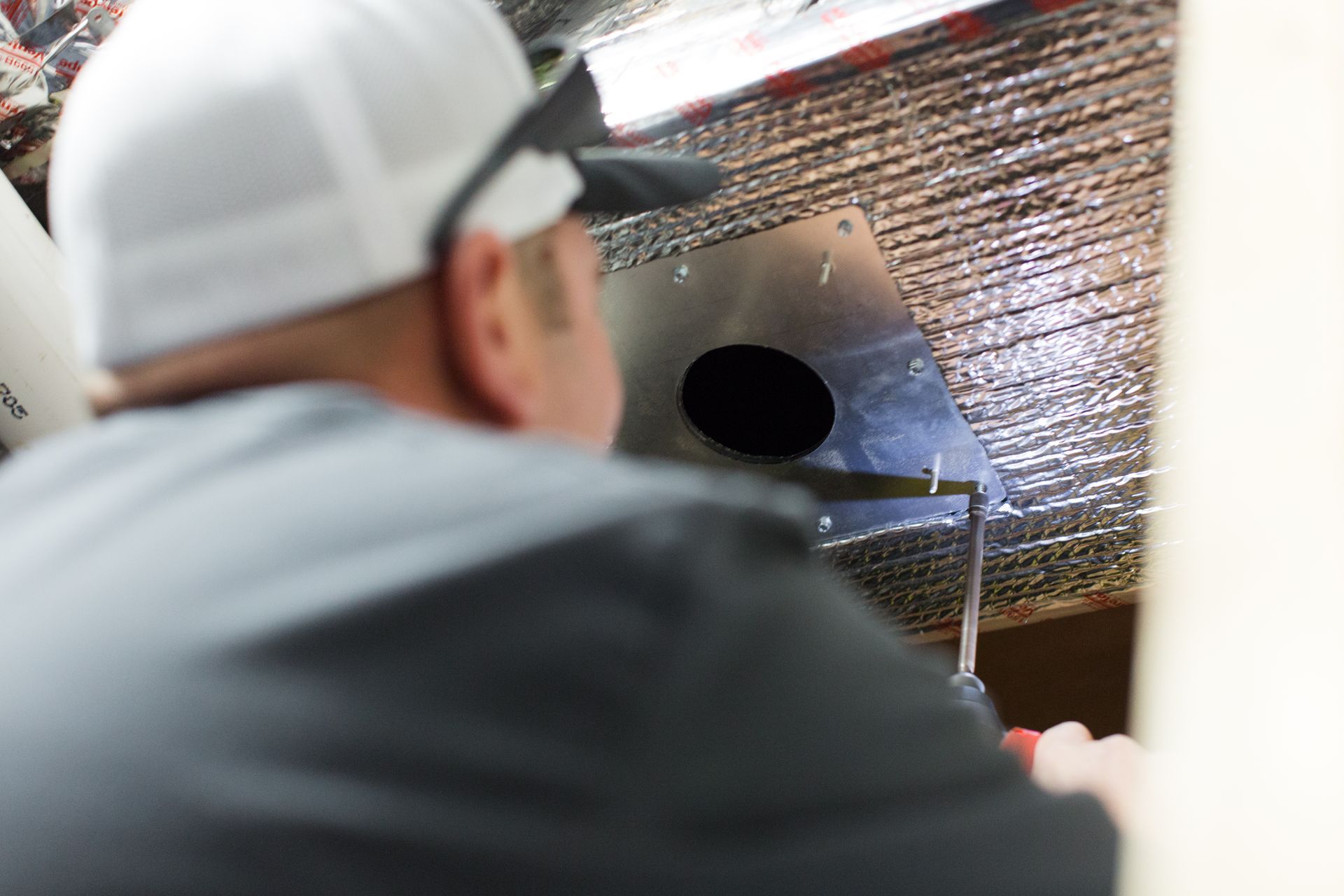
Air purifiers serve as a remedy to indoor air quality concerns. They work to mitigate the impact of pollutants such as particles released by pets, candles, wood-burning fireplaces, and cooking activities. These devices may not be perfect, but they can be effective enough to meet individual air purification needs and goals. They operate by filtering and cleansing the air of contaminants which improves indoor air quality. It is crucial to understand that the efficacy of air purifiers is contingent upon selecting the appropriate type and size relative to the specific requirements of the space and the nature of the contaminants present. When properly chosen and used, air purifiers can substantially reduce the concentration of airborne pollutants and provide a cleaner and healthier indoor environment.
How Do Air Purifiers Work?
An air purifier is a specialized device engineered to cleanse the air within a specific space. They typically operate in a single room but there are whole house air purifiers that can be added to a home’s HVAC system to help purify the air in an entire home. These devices commonly employ a combination of filters to address various contaminants. The first filter captures airborne particles, the 2nd filters out gases, and the 3rd is the finest and filters out specific chemicals or odors. A single filter type cannot handle all contaminants which is why multiple filtration layers are needed in most modern air purifiers. This multi-filtration approach ensures a comprehensive air purification process that targets a broad spectrum of airborne pollutants to enhance indoor air quality.
Things to Consider When Purchasing an Air Purifier
Air purifiers exhibit a range of differences based on several key variables. These considerations are important to understand when selecting the most suitable air purifier for your needs:
- Type and Number of Filters: The filter is perhaps the most vital component of an air purifier. HEPA filters are known for capturing at least 99.9% of particles as small as 3 microns. These types of filters set the standard and are highly recommended. The efficiency of these filters is often identified by a MERV rating, with MERV 13 or higher being desirable.
- ACH (Air Change Per Hour) Rating: This refers to the volume of air the purifier can process, usually expressed in cubic feet per minute. This indicates how often the air in your room is filtered per hour. A higher ACH rating means more frequent filtration which is beneficial for allergy or asthma sufferers.
- Efficiency Rate: Indicates the percentage of pollutants the device can remove from indoor air.
- Clean Air Delivery Rate (CADR): A measure of the volume of clean air produced by the purifier. Ideally, the CADR should be at least two-thirds of the room's size, with higher rates recommended for areas affected by intense pollutants like seasonal allergens or smoke. Some devices even specify CADRs for specific pollutants like tobacco smoke, dust, and pollen which represent small, medium, and large particles.
- Portability: Factors like weight and design determine how easily a purifier can be moved between rooms.
- Targeted Contaminants: Different purifiers are designed to address specific pollutants, so understanding which contaminants are prevalent in your space is crucial.
- Coverage Area & Size Compatibility: It's essential to match the purifier's coverage capacity (in square footage) with the size of the room or area you intend to purify. For optimal efficiency and quieter operation, opt for a model suitable for a slightly larger space than your actual room size.
- Certifications: Look for purifiers that have undergone certification programs like the AHAM verification or the "asthma & allergy friendly®" mark by the Asthma and Allergy Foundation of America.
- Noise Level: Consider the noise produced, especially if the purifier will be used in a bedroom or quiet space.
- Ozone Emission: Some purifiers produce ozone which can be harmful to respiratory health. Ensure your chosen purifier doesn't emit harmful levels of ozone.
- Maintenance Costs: Factor in the frequency of filter replacements and the associated costs of maintenance checks and repair. Some air purifier filters need changing every few months, which can add to the overall costs.
- Energy Efficiency: While some purifiers might be energy-efficient, others with UV lights or other additional filtration systems could consume more power and increase your electricity bill.
Before purchasing an air purifier, it's helpful to conduct an air quality home test to identify the primary pollutants in your environment. This will guide your decision and ensure you select a device tailored to your specific needs.
How Air Purifiers Differ
Air purifiers operate on a fundamental principle of pulling in air with fans and passing that air through one or more filters to capture contaminants before the fresh air is released back into the space. These devices typically comprise multiple filters, often made of paper, fiber, or mesh that trap pollutants like dust particles, pollen, dander, and others. The differences between filters are mostly dependent on the type of additional filtration that is used. Some advanced purifiers feature UV filters that are designed to neutralize biological contaminants like mold or bacteria. Another technology found in certain purifiers is ionization which causes negative ions to bond with particles which results in the particulates settling. Using ozone gas to cleanse the air is another method of air purification but potential buyers should exercise caution with purifiers that emit ozone because it can irritate the lungs and exacerbate asthma. Choosing purifiers that either don't produce ozone or have the capability to turn off such features will help ensure both safety and efficient purification. Regular maintenance, including filter replacement and cleaning, is critical to ensuring the device's optimal performance.
What Types of Air Purifiers Are There?
Air purifiers come in various types that are each designed to target specific airborne contaminants and function in distinct ways:
- Mechanical Filters: These filters are usually made of mesh designed to trap airborne particles. The most effective among them is the HEPA filter which is certified to capture 99.97% of particles as small as 0.3 microns. Their efficiency varies and they require replacement every 1-3 months to maintain optimal performance.
- Activated Carbon: These filters are effective in trapping odors but are less efficient in capturing viruses and bacteria when compared against HEPA filters.
- Electrostatic Precipitators: These devices charge airborne particles which then adhere to oppositely charged plates or media. Maintenance involves cleaning the plates or replacing the media to retain efficiency. Some models release ozone which can be harmful to the lungs.
- Ionic Air Purifiers: Emits negative ions that attach to airborne particulates. This results in the negatively charged particles settling on surfaces. They are effective against smaller particles like smoke but might be less efficient against larger contaminants like dust or pollen.
- Adsorbent Filters: These air filters attract specific materials like volatile organic compounds (VOCs) by using activated carbon. This makes them ideal for controlling odors from home construction or renovation.
- UV Purifiers: Employes ultraviolet lamps to kill microorganisms like fungal spores, bacteria, and viruses. They are generally used to treat HVAC system components like the indoor coils in central air conditioning or heat pump systems.
- Portable Air Purifiers: These units are designed for mobility and are lighter and smaller, which makes them suitable for use across different spaces.
Are Air Purifiers Effective?
Air purifiers can be effective, but their efficiency is influenced by various factors:
- Contaminants Present: Different purifiers target specific contaminants so understanding what's prevalent in your home is crucial.
- Home Ventilation: Proper ventilation can aid in reducing the concentration of indoor pollutants.
- Space Size: Ensure the purifier is suitable for the room size you intend to use it in.
- Filter Types: The type and number of filters an air purifier uses can impact its efficacy.
- CADR Rate: A higher Clean Air Delivery Rate indicates faster purification.
- Source Control: Managing and reducing contamination sources can enhance a purifier's effectiveness.
- Consistent Use: Regularly using the air purifier can maintain optimal indoor air quality.
It's essential to recognize that while air purifiers can cleanse airborne particles, many contaminants can settle on surfaces like furniture, bedding, walls, and ceilings. Maintaining good housekeeping practices is equally vital to reduce the overall pollutant load.
What Are Air Purifiers Designed to Filter Out?
Air purifiers are designed to filter out a variety of airborne particles and contaminants to improve indoor air quality. Different particulates and contaminants can be filtered from the air depending on the type of filter. It’s helpful to get a home air quality test done to determine which filter type would be best suited for your individual needs. The following gases and particulates are the most prevalent air quality issues found in most homes.
Volatile Organic Compounds (VOCs)
Volatile Organic Compounds (VOCs) are carbon-based compounds that can evaporate into the indoor atmosphere at room temperature. These potentially harmful compounds can be emitted from everyday household items like cleaning sprays, candles, personal care products, and perfumes. Recognizing and mitigating the sources of indoor VOC pollution is crucial for maintaining a healthy living environment.
Formaldehyde
Formaldehyde is a colorless gas commonly emitted from various household materials and products like plywood, fiberboard, insulation, paints, wallpapers, varnishes, and cleaning sprays. It poses a challenge to capture effectively because its size is 500 times smaller than 0.1 microns. If not addressed, formaldehyde can persist in indoor environments for extended periods and potentially impact indoor air quality and health.
Nitrogen dioxide
Nitrogen dioxide (NO2) is a reddish-brown gas commonly found in indoor environments due to sources like gas appliances, open flames, wood-burning stoves, and cigarette smoke. NO2 is a byproduct of fossil fuel combustion and can infiltrate homes through windows and ventilation systems. This can reach unhealthy levels when homes are near routes congested with traffic. The health impact underscores the importance of monitoring and managing NO2 levels to ensure indoor air quality and health.
Particulate matter
Particulate matter (PM) refers to a mixture of minuscule solid particles and liquid droplets suspended in the air. These particles vary in size. Particles like pollen and allergens are rated PM10 and are small enough to bypass the nose and throat and penetrate the lungs. PM2.5 particles are even smaller and originate from sources like industrial emissions, bacteria, and fungi. The tiniest is PM0.1 which are unstable particles primarily found in vehicle exhaust and tobacco smoke. These particulates can grow larger through processes like coagulation and condensation.
Bacteria and viruses
Bacteria and viruses are microscopic organisms that can be present throughout your home and found in household dust. These pathogens can spread easily, with the potential for germs from a single sneeze to travel distances of up to six meters. Ensuring good hygiene practices and maintaining clean indoor air quality are essential steps in minimizing the spread and impact of these microorganisms on our health.
Dust
Dust is a complex mixture that goes beyond just biological components. Increasingly, synthetic particles like microplastics have become more prevalent in dust. Research from Dyson's microbiology labs has even identified microscopic particles originating from rubber tires within dust samples. Many of these minute particles can easily become airborne when agitated which emphasizes the importance of understanding and managing indoor air quality.
Pollen
Pollen grains originate from trees, flowers, and grasses and are a leading cause of seasonal allergies. Despite the perception of being shielded from outdoor pollutants, the reality is that indoor air can become increasingly polluted. These particles often enter homes through open doors and windows and well-sealed homes can inadvertently trap them inside which reduces indoor air quality. This is especially concerning considering that individuals now spend approximately 90% of their time indoors, which exposes them to potential allergens and contaminants.
Allergens
In addition to pollen, other allergens can trigger reactions in individuals with allergies, asthma, or other sensitive respiratory conditions. The other common indoor allergens include:
- Pet Dander: Microscopic skin flakes shed by animals such as cats and dogs.
- Animal Dander from Pests: Similar to pet dander but comes from unwanted pests like rats or mice.
- Dust Mites: Microscopic mites that thrive in humid conditions, feeding on human shed skin.
Mold
Mold is a type of fungus that thrives in damp environments, so it sometimes signals an underlying moisture issue. Exposure to mold, especially for individuals with asthma or other respiratory conditions, can be particularly harmful. Mold releases spores that, when inhaled or comes into contact with skin, can trigger allergic reactions, sneezing, throat irritation, and itchy eyes. While portable air cleaners might reduce airborne mold particles, they may not address the root cause. To effectively combat mold, it's essential to address the moisture source and thoroughly clean the affected areas to sanitize any remaining mold sources.
Smoke
Indoor smoke can originate from various sources like tobacco products, e-cigarettes, incense, wood-burning appliances, and vehicle emissions. While research indicates that HEPA air purifiers can effectively reduce airborne smoke particles, they are less efficient at eliminating non-particle components like nicotine or other gaseous elements. This means that while air purifiers can offer some relief from some indoor smoke, they aren't a comprehensive solution against the health risks associated with consistent tobacco smoke exposure. The best approach to ensure a smoke-free environment is to use a HEPA air filter that can offer some particle reduction benefits.
Air Purifier Benefits
Air purifiers offer several benefits when used appropriately in indoor environments. They can significantly alleviate allergic reactions by reducing indoor allergens, mitigate asthma triggers such as dust, smoke, and pollen, and decrease the presence of dust particles and animal dander. With a suitable Clean Air Delivery Rate (CADR), HEPA air purifiers can effectively lower concentrations of fine particulate matter (PM2.5). Certain air purifiers can also help reduce airborne particles that contain viruses. Recent studies in 2022 have even highlighted the potential of combined air filtration and UV sterilization in reducing airborne concentrations of viruses like SARS-CoV-2 in hospital settings.
Relieves Symptoms of Asthma
Asthma is a condition that results from inflammation of the bronchial tubes. It affects 1 in 12 people according to the Centers for Disease Control and Prevention. Asthmatics' airways are particularly sensitive to irritants like pet dander, pollen, and dust mites. While pets shed hair and dander year-round, other factors like pollen can enter homes through open windows or cling to clothing. Dust mites are prevalent indoor allergens that flourish in humid environments. they often reside in beds, carpets, and upholstered furniture. While vacuuming can reduce these pollutants, airborne particles can still pose a risk for asthma attacks. Many air purifiers employ HEPA filters which use multi-layered fine fiberglass threads that trap these airborne irritants and ensure cleaner indoor air. Some purifiers also feature pre-filters to capture larger particles which helps enhance the longevity and efficiency of the primary HEPA filter. By maintaining pollutant-free air, these devices can significantly reduce asthma-related breathing difficulties.
Eliminates Harmful Chemicals from Indoor Environments
Sealed indoor environments are not immune to external pollutants like nitrogen dioxide and carbon monoxide which are often prevalent in areas with heavy vehicular traffic. The National Library of Medicine has highlighted that exposure to these pollutants can elevate the risk of conditions like dementia and Alzheimer’s disease. While outdoor air quality can influence indoor pollution levels, using air purifiers with high-efficiency particulate air (HEPA) filters can mitigate the associated health risks. A 2015 study indicated that HEPA filters curbed the intrusion of outdoor pollutants by 23%. Beyond outside contaminants, homes can also harbor toxins from everyday cleaning products containing chemicals like ammonia, chlorine, and phthalates. While occasional exposure might be benign, consistent contact can lead to severe health complications like tumors, cancer, and cardiovascular issues. Air purifiers equipped with activated carbon filters can effectively neutralize these chemical pollutants and ensure a healthier indoor atmosphere.
Neutralizes Unpleasant Odors
Volatile organic compounds (VOCs) include chemicals like gasoline, benzene, and formaldehyde which break down at room temperature and release off-gassing odors. These VOCs are often present in everyday items such as paints, aerosol sprays, upholstered furniture, and air fresheners. Prolonged exposure to these odors can result in symptoms like nausea, breathlessness, and even cognitive impairments. Air purifiers equipped with both HEPA and activated carbon filters can efficiently capture these gaseous pollutants and particles and ensure a fresher indoor environment. Whether it's the lingering smell of cooking or smoke, air purifiers can effectively neutralize these odors in your living spaces.
Reduces the Chances of Airborne Diseases
Airborne diseases, including the common cold and flu, are transmitted through minuscule pathogens present in the air. When an individual in a household falls ill, it's common for other members to also get sick because they share the same air contaminated with infectious bacteria and viruses. Utilizing air purifiers equipped with HEPA filters can effectively trap these harmful microorganisms and significantly reduce the risk of disease transmission. For households with vulnerable individuals like the elderly, children, or those with compromised immune systems, using air purifiers becomes critical to ensure a healthier living environment.
Improves Sleep
Exposure to indoor allergens like bacteria, fungi, and dust mites can lead to allergic reactions which often manifest as hay fever. This condition is characterized by symptoms like frequent sneezing, coughing, nasal congestion, watery eyes, and a sore throat which can significantly disrupt one's sleep. Insufficient sleep can also result in daytime fatigue which impacts one's overall productivity. Utilizing HEPA air purifiers can be a proactive solution because they effectively filter out a majority of these allergens and promote a more restful night's sleep.
Removes Harmful Radon
Radon is a colorless, odorless gas produced from the natural decay of radioactive elements like uranium that is commonly found in building materials like rocks, soil, and granite. This carcinogenic gas can seep into indoor environments through cracks in floors, walls, or plasterwork. Prolonged exposure to radon can damage lung cell linings and increase the risk of lung cancer. A 2013 EPA assessment suggests that radon-related lung cancer could account for up to 21,000 deaths annually in the US. Using air purifiers equipped with HEPA and activated carbon filters can be effective at mitigating the risks associated with radon exposure. These filters are designed to capture radon particles which will safeguard any inhabitants from its detrimental health effects.
Eliminates Hazardous Asbestos Particles
Asbestos was once commonly used in roofing materials and insulation pipes from the 1940s to the 1960s. This was stopped when it was discovered that asbestos can pose significant health risks when its particles become airborne. As older structures age, they can release asbestos dust into the surrounding air. Inhalation of these particles can lead to asbestosis which is a lung condition characterized by tissue scarring. Symptoms of asbestosis include facial or neck swelling, loss of appetite, and difficulty swallowing. It also elevates the risk of developing lung cancer. Utilizing HEPA air purifiers can help safeguard against the harmful effects of asbestos exposure because they are designed to effectively capture and contain these particulates.
Can Increase Life Expectancy
Indoor air pollution can come from everyday household products and can have a profound impact on one's health. It comes in many forms and can result in cardiac, respiratory, and neurological problems. The minuscule airborne particles from these pollutants are capable of penetrating the blood-brain barrier which can potentially influence brain function and cognition. By employing a high-quality air purifier, these fine particles can be effectively captured which enhances indoor air quality and contributes to increased life expectancy by mitigating these health risks.
Contact GS Home Services to Install an Air Scrubber to Purify Your Air
Prioritizing the health and well-being of you and your loved ones is important. Clean, purified air is not just a luxury, but a necessity for a healthy living environment. If you're considering an air purifier, contact GS Home Services today for an Air Scrubber Installation. Our team is dedicated to ensuring that your home is equipped with the best purification system to provide you with clean air and peace of mind. Make the call today and schedule an appointment with GS Home Services.
